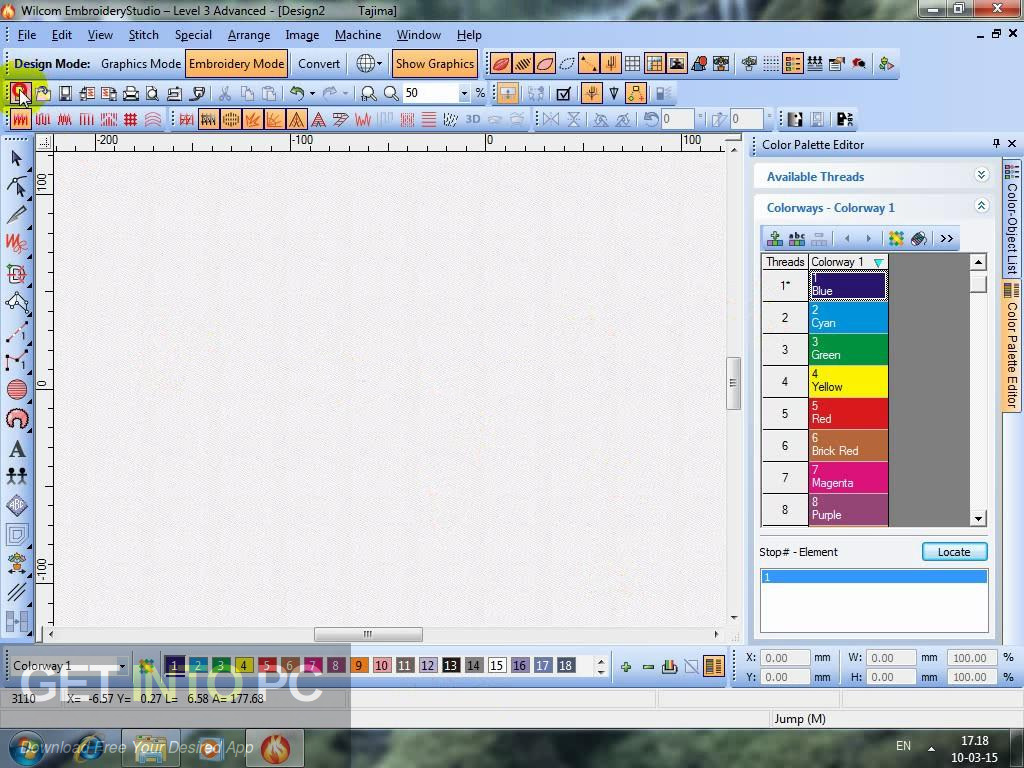
- #PROBLEMS RESIZING WITH WILCOM HATCH FOR FREE#
- #PROBLEMS RESIZING WITH WILCOM HATCH UPGRADE#
- #PROBLEMS RESIZING WITH WILCOM HATCH SOFTWARE#
- #PROBLEMS RESIZING WITH WILCOM HATCH PROFESSIONAL#
On the upside, there is no difference if you are paying anything or not.

#PROBLEMS RESIZING WITH WILCOM HATCH UPGRADE#
Moreover, the demo mode is only available for two months after which an upgrade is required if you wish to continue using it.

Demo mode, as you would assume, comes with its limitations but is still pretty handy in digitizing day to day designs. It will let you use the mode but only in demo mode.
#PROBLEMS RESIZING WITH WILCOM HATCH SOFTWARE#
If you don’t want to purchase a module, the software does have a free alternative. Some of the modules include Digitizing Tools, Sfumato Stitch, Cross Stitch, Font Engine and Pre-digitized Alphabets.

This basically means that each mode or feature requires a separate login which can be attained by purchasing the very module. Embird’s embroidery digitizing programs are modular in nature. Not only their products are comparatively inexpensive, they are also super easy to use. Moreover, some of the below-mentioned options are adequate to digitize simple embroidery designs.Įmbird is a well-known name in the context of embroidery space. After all, it is better to benefit from what is at hand than to fret over a far cry. What to do then? We will come to this question at the end but for now, let us get into the free embroidery digitizing software options that are available.
#PROBLEMS RESIZING WITH WILCOM HATCH PROFESSIONAL#
Such professional digitizing software programs are of course expensive, with prices ranging in thousands of dollars. To perform complex commands, a professional digitizing software like the ones from Wilcom, Pulse or Melco are required. Mostly, they can only perform basic digitizing commands.
#PROBLEMS RESIZING WITH WILCOM HATCH FOR FREE#
Some software programs do come for free but they have limited capabilities. Without paying anything, there are still a good number of options that you can choose from. I know that’s frustrating to know but it’s not the end of the world. Truth be told, honestly, there is no professional digitizing software that is available for free with unlimited capabilities. Short on money and patience, it can be an exasperating search for the beginners. Therefore, we will not keep you hooked for long and will quickly plunge into the various embroidery digitizing software programs that are available free of cost.Īpart from the seasoned digitizers and embroiderers, we understand that there will be a good number of newbies looking for a free catch. If you are reading this, chances are that you are already on the quest of finding one. Such files are not generally suited to resizing.įor information about the source of an embroidery file, refer to the Design tab of the Design Information docker.If you are an embroiderer or a digitizer, the sound of free embroidery digitizing software can be pretty exciting. add a lettering object – the status changes to ‘Processed Stitches’ even though the imported stitches may not have been regenerated.

Note, however, that if you change a stitch design – e.g. Such converted files may have limitations in resizing.ĭesigns read from stitch files, where outlines may or may not have been recognized, but stitches have not been regenerated through stitch processing. Such designs cannot be read directly by the software but once converted, they are treated as Grade B designs.ĭesigns read from machine files – EXP, DST, PES, etc – where stitches have been converted to objects. It goes without saying that only Grade A files provide 100% perfect scaling and transformation.ĭesigns read from an outline format such as CND / GNC and saved in ART / EMB / JAN format. They are called ‘Grade A’ because they contain a complete set of design information in a single file – object outlines, properties, stitches, thread colors, thumbnail image, and comments. Native EMB designs as well as ART and JAN files are all ‘Grade A’ design formats read and written by the software.


 0 kommentar(er)
0 kommentar(er)
